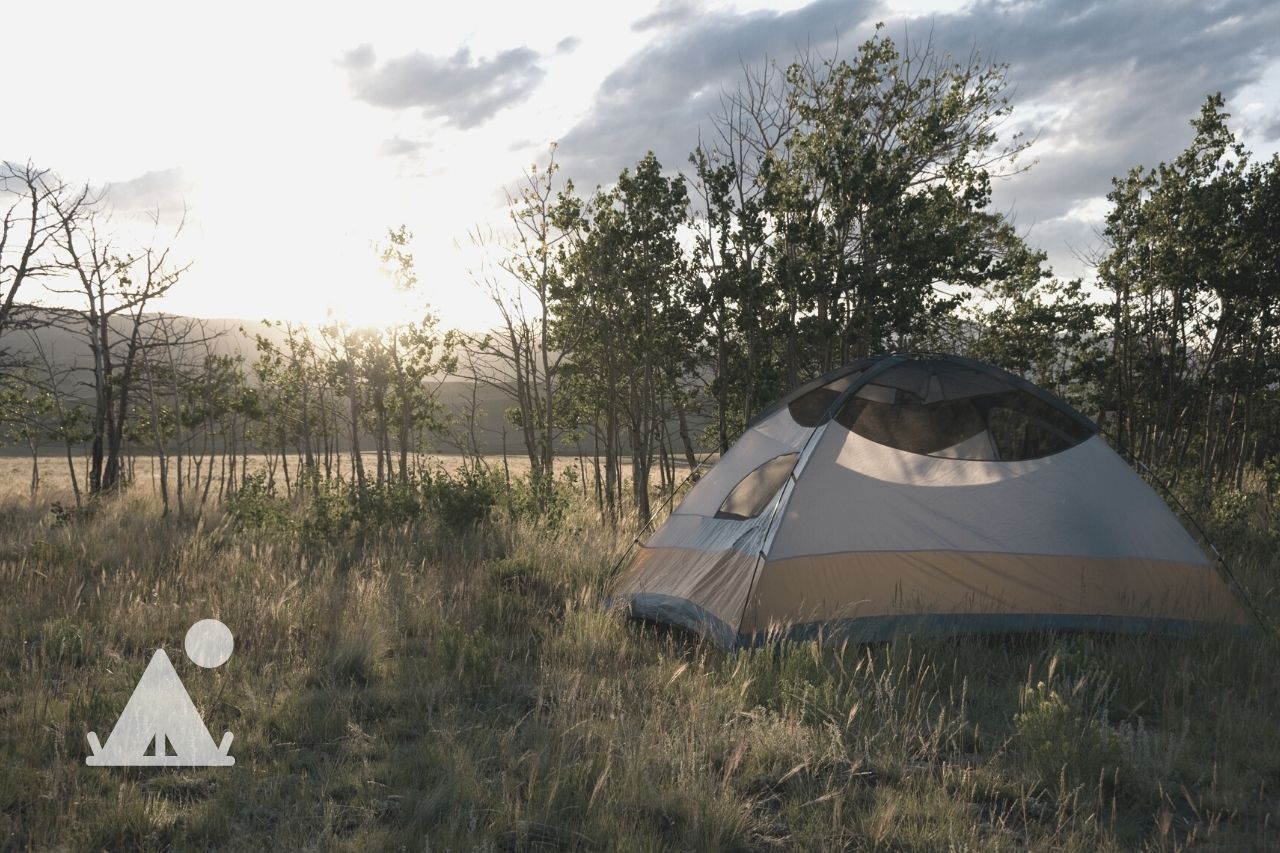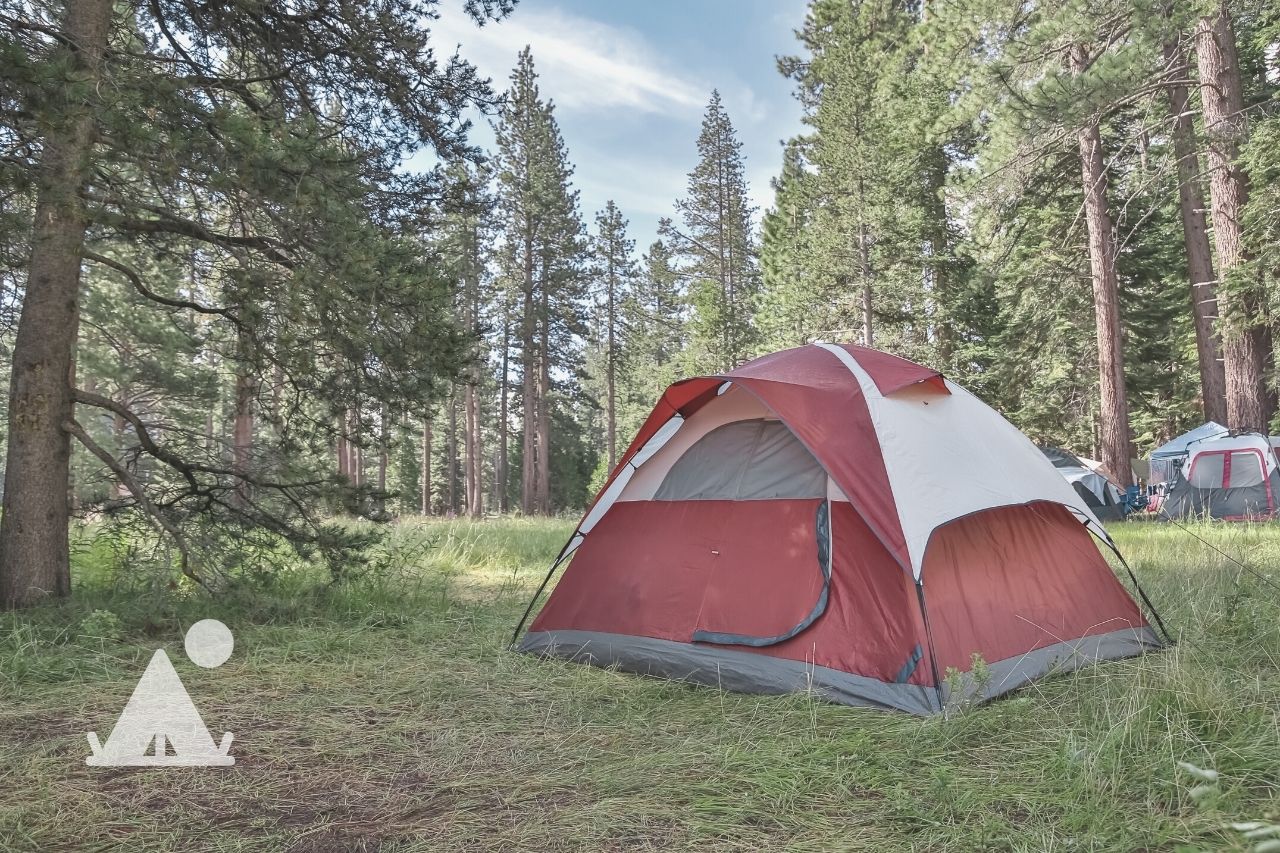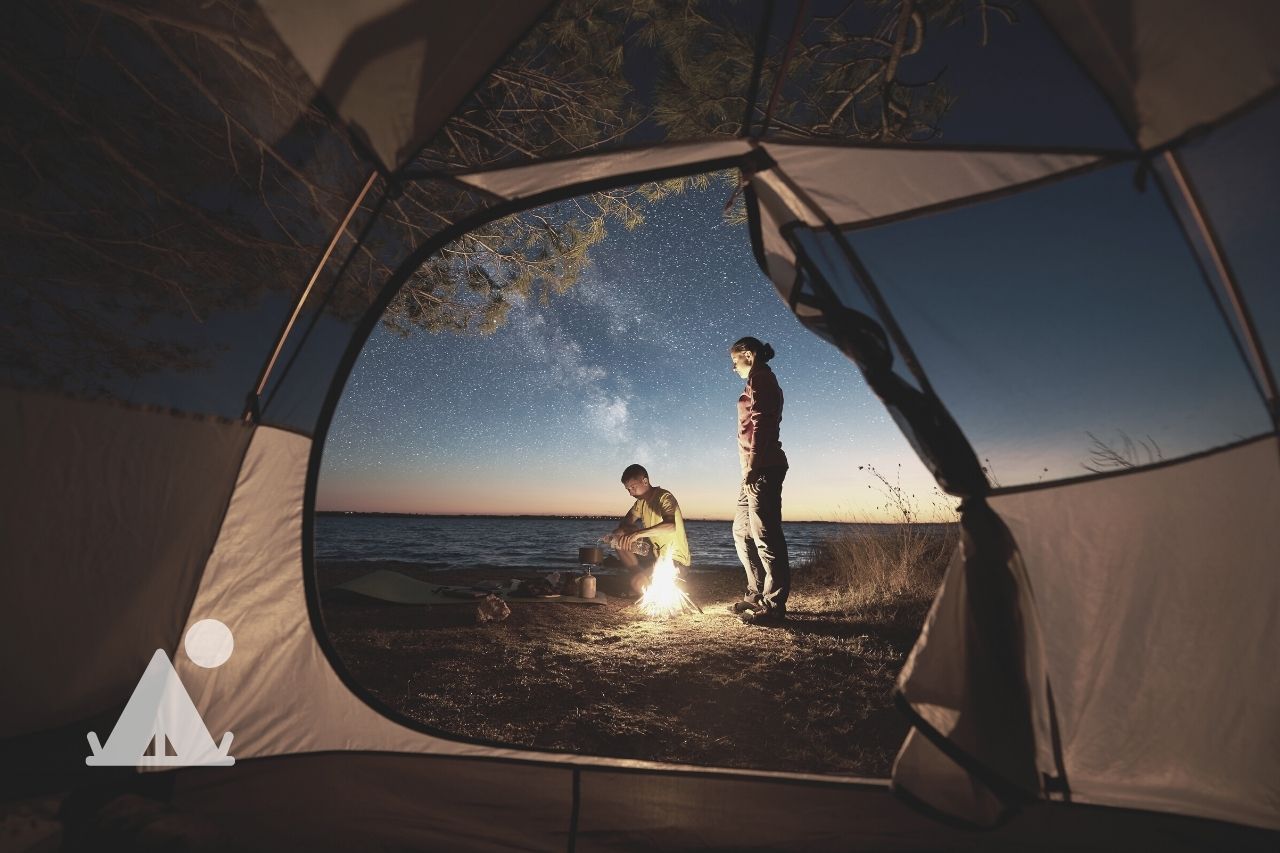Tents can be quite an investment, with prices ranging from $100 to more than $700. Of course you don’t have to buy the most expensive tent but as they always say “buy the best you can afford”. It will save you money in the long run.
However, even the best of tents require regular care and maintenance if you want to get the most out of them for a longer period. Besides, we all know if you want anything to serve you well for a long time, you need to take good care of them.
In this article, we’ll discuss everything to do with how to care for a tent, from how to set, pack, clean and store your tent. Let’s dig in.
How to Set Up a Tent

Setting up tent is usually the first agenda when you arrive at a camping spot. The first step, however, is to look for an area that’s relatively flat with minimal obstructions. Then clear the ground of all debris (rocks, sticks) to prevent them from poking holes in your tent floor.
The next step is putting down a ground cloth or footprint before erecting your tent. Some may argue a ground cloth is not a must depending on weather, campsite location and camping gear.
I agree to some extent with the statement, but I also know a footprint is essential for the durability of your tent.
Tent floors are relatively delicate elements. Footprints offer that extra protection from sharp rocks, sticks and whatnot. Besides, it’s cheaper to replace a footprint than a tent.
When buying a ground cloth ensure it fits the size of your tent. If it extends beyond the tent, it will collect water. Fold it until it fits neatly in place.
If you can, avoid setting up tent in direct sunlight. Prolonged exposure to UV light can damage your tent’s fabric. That’s why leaving the rainfly on is highly recommended as its move UV resistant than the tent. If your tent doesn’t come with a rainfly, get a poly tarp and erect it above the tent.
Go easy on the zippers. Don’t force it, lest you want to damage your tent. Bring a zipper lube in case the zippers refuse to cooperate. You should be gentle with the poles as well.
How to Take a Tent Down

When taking the tent apart, try to keep the tent poles from snapping together as it can potentially damage pole ends. Start in the middle and fold the poles one at a time. It might seem time consuming, but if you really don’t want to spend more money on replacements, you will find it’s worth the effort.
Before doing all that, shake/sweep as much trash and dirt off the tent. Never pack a dirty or wet tent. If possible, hang it to dry in the shade away from direct sunlight. But if you can’t for one reason or the other, dry it out at the earliest opportunity.
Mold and mildew thrive on wet fabrics –and that’s the last thing you want. On top of that, the waterproof coatings can break down when exposed to moisture for long periods of time. So you should always make a point of drying your tent before packing or storing.
If you already have a mold/mildew problem, you need to act on it quickly before it spreads. Check out my post on How To Clean A Tent With Mold. You should note however; it may not be possible to get rid of the stain.
How to Clean a Tent?

A tent is designed to be used outside so it will definitely get dirty at some point. However, you don’t have to clean it after every other trip. I suggest that you do it after a long trip or coming from a sandy or salty area. For short trips, basic cleaning or wiping it down with a sponge/cloth would do.
Washing a tent is a really quick and simple process. Before we dive right into it, there are a few things you need to keep in mind;
- Never machine wash or machine dry your tent. The tent’s waterproof coatings and seams might get damaged.
- For the same reason, avoid anything to do with bleach, dishwashing liquid or detergent soap. Only mild non- detergent soap is recommended.
- Remove as much dirt as you can with a sponge or soft bristle brush before tent cleaning.
For basic cleaning; pitch tent, sponge clean with cold to lukewarm water and mild non detergent soap. Rinse thoroughly and let it dry completely.
For heavily soiled tents use the above solution to spot clean the very soiled areas. Turn the tent inside out and submerge in a solution of cold to lukewarm water and a tent cleaner.
Make sure you get a cleaner that’s specifically made for outdoor gear like Nikwax Tech Wash. Let it soak for a few minutes (read the product’s instruction for the recommended soaking time). Rinse thoroughly and hang to dry in a shaded spot.
For tent poles, wipe them down with a dry cloth to avoid rust and erosion. This is crucial especially if you camp around salty and sandy areas. For zippers, use a toothbrush to scrub away any dirt. If the dirt proves stubborn, dip in water, brush then dry them off.
How to Properly Store a Tent

How you store your tent is just as important as how you wash it. It may seem inconsequential, but proper storage can extend your tent’s life.
Before storing your tent, make sure it’s completely dry to avoid mold and mildew problems. It should be somewhere cool, dry and away from sunlight like in the closet. Basements, if dry, can also be a good location.
Further, avoid storing the tent in its stuff sack. Instead, keep it in a loosely breathable bag like cotton. Some people use pillow cases, which is fine but, I prefer something large. The larger the better, in my opinion.
If possible, store the tent poles fully assembled. This reduces tension on poles hence, increasing its life span.
That’s pretty much how to care for a tent! Cheers!